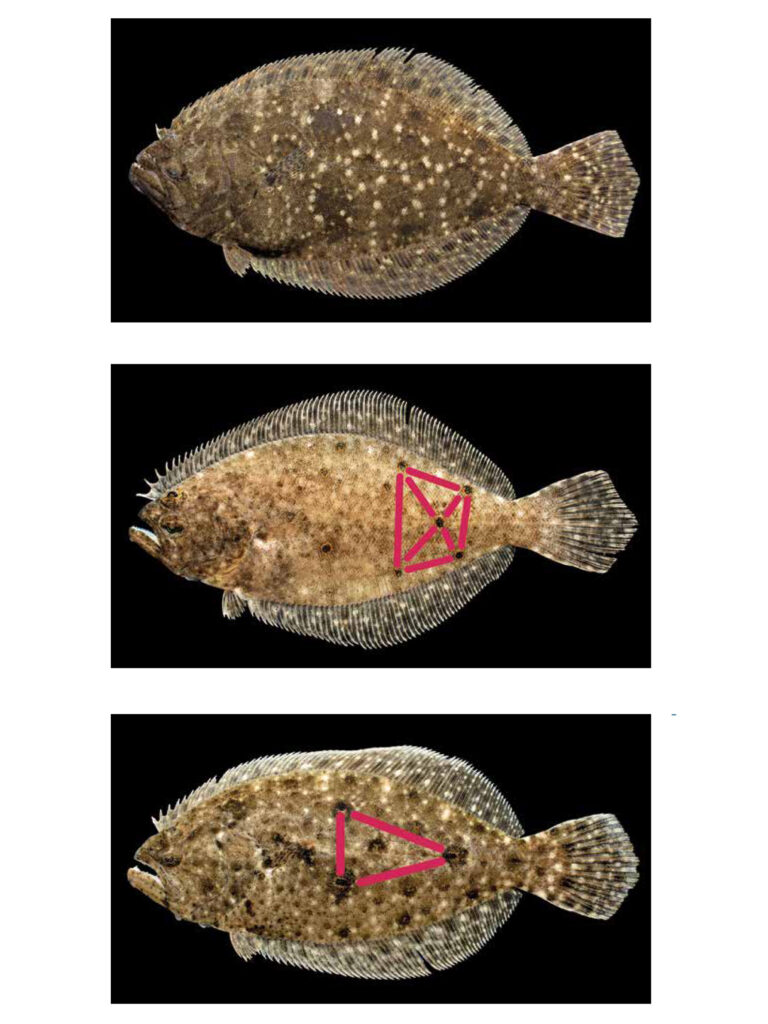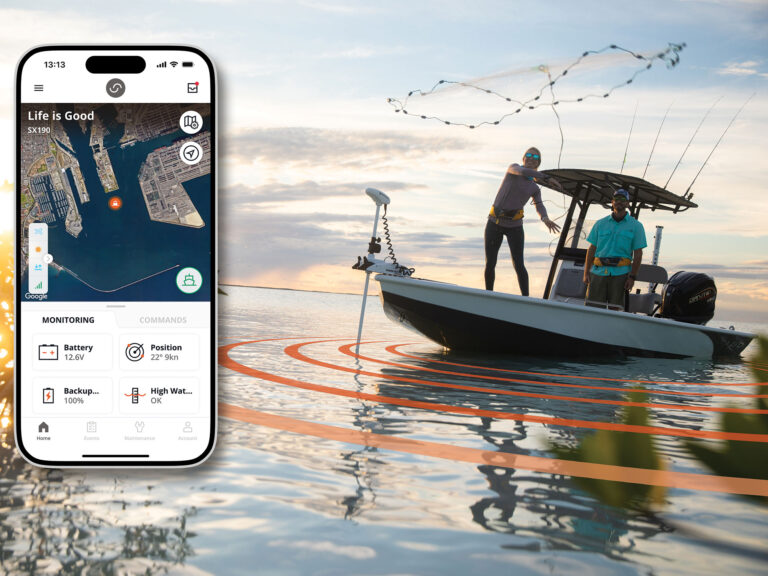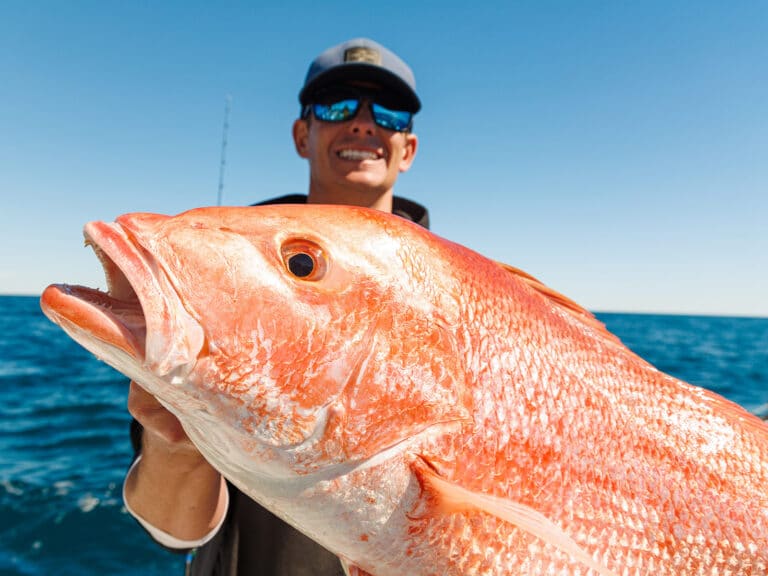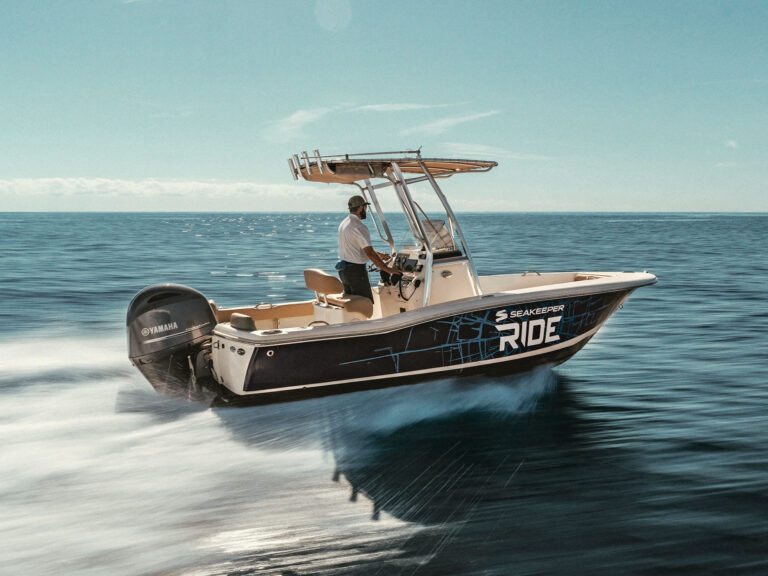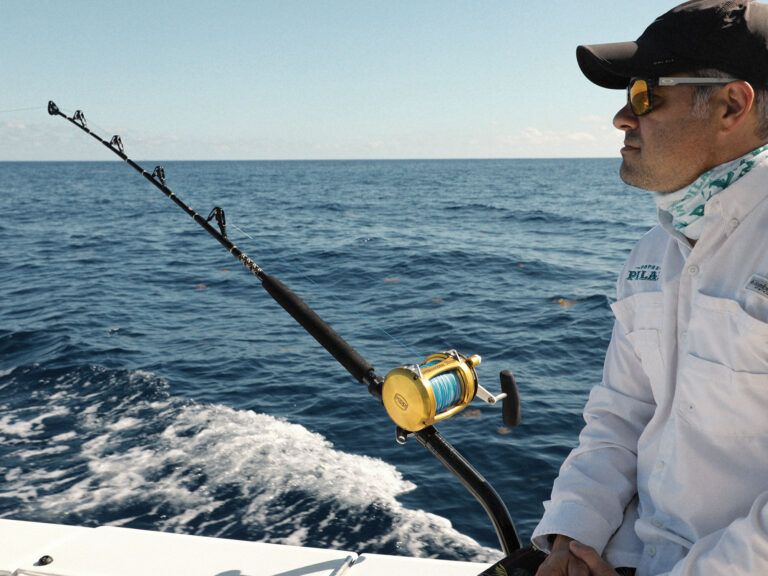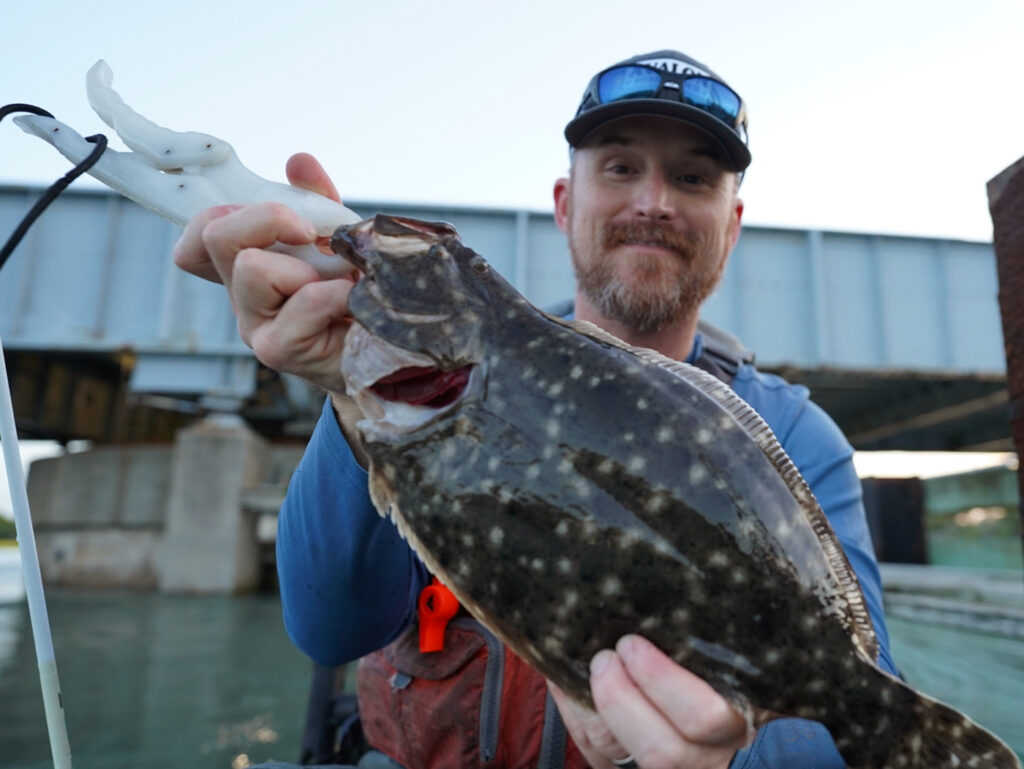
Anglers in North Carolina may get a four-day flounder season later this year, pending approval from the state’s Rules Review Commission. On July 25, the North Carolina Wildlife Resources Commission (NCWRC) announced the short season for Sept. 1-2 and Sept. 7-8 in inland and joint waters under its jurisdiction. For hook and line anglers only, there would be a per-person limit of one flounder with a minimum size of 15 inches. No gigging flounder would be allowed.
Flounder has been closed in North Carolina waters since the spring when the Marine Fisheries Commission (MFC) announced a total closure of recreational flounder fishing as part of Amendment 3 of its rebuilding plan for southern flounder. The southern flounder is in bad shape, and to protect its stocks, two other flounder species, the Gulf and the summer flounder, were also put off limits.
“The announcement of the 4-day season is just NCWRC sending a message to the Marine Fisheries Commission (MFC) that they disagree with the closure,” says Steve Brewster, of New Bern. At the announcement of the closed season this spring, Brewster formed the Angler’s Rights Alliance to fight for a more equitable and effective management of the state’s fisheries. Brewster has spoken extensively about the state of the flounder stocks and the recreational closure on his Youtube channel, Fishing with Brewski.
“The season only allows for flounder fishing in inland and joint waters and the MFC and NCWRC actually both claim to have jurisdiction in joint waters,” Brewster explained. “So as ridiculous as this might sound, you can be in possession of a flounder and be both legal and illegal at the exact same time and the exact same location depending on which enforcement arm stops you. It can’t get any more ridiculous than that. For the vast majority of state waters, it will be impossible to legally keep a flounder during the 4-day season as there are very few inland ramps in areas with flounder.”
The development underscores the conflict between the state’s two fisheries management agencies. The NCWRC’s announced season is only the latest twist in the ongoing saga of North Carolina flounder management.
Commercial Control of Flounder Fishing
“It’s been horrible,” said Donald Willis, owner of Custom Marine Fabrication in New Bern, N.C., and the state president of the Coastal Conservation Association (CCA). “Flounder has been mismanaged forever. I was one of the first to talk about conservation in North Carolina when allocations were 90 percent for commercial and the recreational allowance was about 10 percent. They used the term ‘maximum extraction’ for the commercial side. Twenty years later, here we are.”
At the heart of the frustration over flounder management is a series of issues concerning a state fisheries management system that many people say favors commercial interests even at the peril of the fish stocks themselves:
- Southern flounder can still be caught and sold in the state by commercial interests, while anglers can’t keep any themselves.
- More than 90 percent of the Eastern Seaboard’s commercial catch of Southern flounder comes from North Carolina waters and has for many years.
- Commercial trawls continue to operate in inshore waters and kill juvenile flounder.
- The perception is that the management mistakes that crashed stocks of grey trout (aka weakfish) years ago are now being repeated with flounder and might be made again with black drum and striped bass.
North Carolina Anglers Can’t Keep Flounder
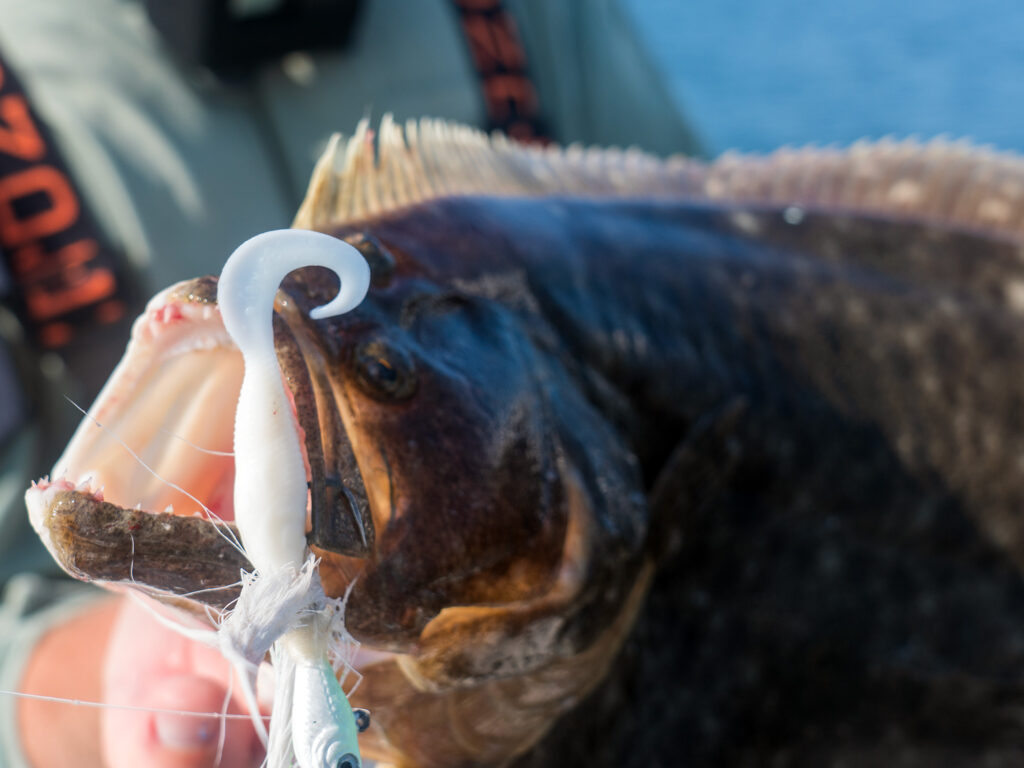
Many recreational interests believe the allocation of catch quotas between commercial and recreational fishers is unfair. One glaring disparity between the management of those sectors, often cited by critics as unbalanced, is that dead discards of flounder in commercial fishing are not counted against their total catch. Estimates for the total poundage of juvenile flounder killed in trawls each year range from 60,000 to as high as 158,000 pounds. Considering that some flounder dying in the trawls weigh only ounces, the total number of flounder killed each year would be in the hundreds of thousands.
“The irony is that the 158,000 pounds of flounder killed in trawls almost exactly matches the total allowable catch for the recreational sector,” Steve Brewster said.
“We want to build Angler’s Rights Alliance into an organization that will improve the fisheries management system,” Brewster continued. “To that end, we’re supporting the CCA lawsuit against the state of North Carolina for mismanaging the fisheries. It’s in our constitution that the right to fish should be protected and the state has not done that in so many cases. The current management system has collapsed one fishery after another and not a single species has been recovered.”
That CCA lawsuit would force legislative changes which Brewster and many others would like to see to ensure that recreational anglers get a more equitable share of the state’s fisheries and, someday, a return to good flounder seasons.
“We want a fishery management system that effectively manages species and is reflective of the public and the greater good,” Brewster said.
The short season in inland and joint waters may offer brief relief to the legions of anglers who love to target flounder, but those anglers should be aware that officers may ticket them if they’re found with flounder in waters under MFC jurisdiction.
In a written statement, the Division of Marine Fisheries and the MFC said, “When joint and coastal fishing waters are closed to flounder harvest, Marine Fisheries Commission rule prohibits the possession or transport of flounder through those waters, regardless of where the flounder were taken. Consequently, Marine Patrol officers will continue to enforce the rules while the no-harvest provision of Amendment 3 is in place.”
One thing is certain, the management saga will continue.
Try to Differentiate North Carolina’s Three Flounder Species
